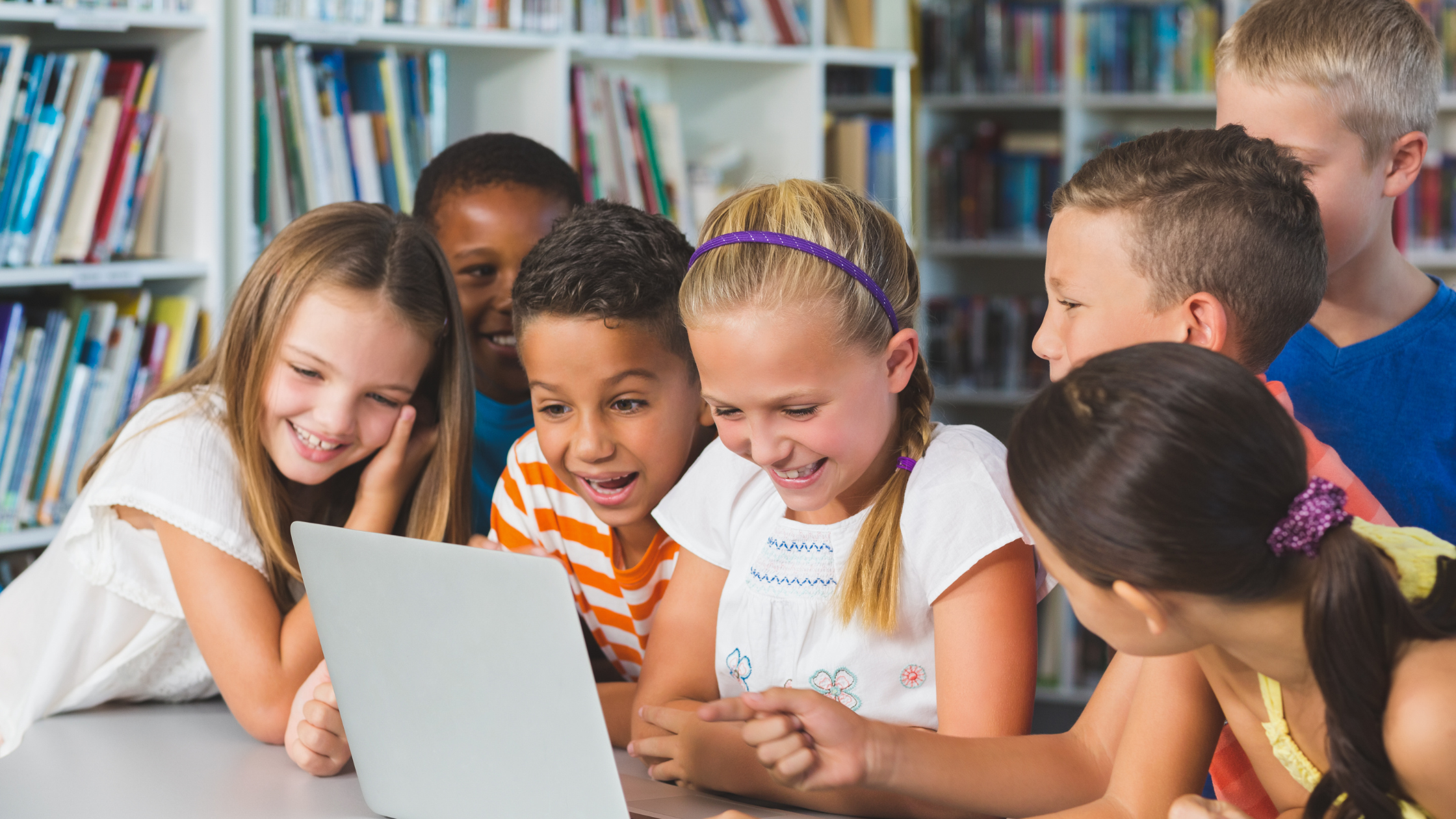Written by Karl Mercuri, Social-Emotional Learning Consultant and Coach
Choosing the right school for your child is a daunting task, but it doesn’t have to be. To ensure your child’s academic, social and emotional well-being, look for a school that not only prioritizes academics, but also actively integrates Social and Emotional Learning (SEL) into their curriculum.
When searching for a school, it is important to take a holistic approach and consider the social and emotional lens of the institution. SEL is the process through which children and adults learn the skills to recognize and manage emotions, set and achieve positive goals, feel and show empathy for others, establish and maintain positive relationships, and make responsible decisions. A school that prioritizes SEL can provide a positive and supportive environment for your child to thrive in.
8 things to consider when choosing a school:
-
School Values and Mission Statement- Are the school values and mission statement prominently displayed and referenced throughout the school? A school that communicates its values and mission statement clearly helps to create a shared understanding and sense of purpose among all stakeholders, aligns the school’s goals and priorities with those of the community, builds trust and transparency, and helps families and other stakeholders understand how they can support the school’s efforts.
-
Evidence-based SEL Instruction- Are students given explicit time and opportunities to develop, practice, and reflect on their social and emotional competencies in a culturally responsive and developmentally appropriate manner? Are SEL practices such as emotional literacy posters and regulatory tools visible throughout the school? It’s important that schools use evidence-based SEL instruction that actively teaches the five CASEL competencies of Self-Awareness, Self-Management, Social-Awareness, Relationship Skills, and Responsible Decision Making.
-
SEL Integration- Does the school integrate SEL instruction into other curriculum areas? This helps students make connections between Social and Emotional Learning and other curriculum areas.
-
Student Voice- Are students given platforms to share their perspectives and opportunities for leadership, problem-solving, and decision-making? Student voice is important in schools because it helps to promote student engagement and motivation, create a more positive and inclusive school culture, promote social-emotional development, and critical thinking and problem-solving skills.
-
Safe and Supportive Learning Spaces- Do the learning spaces provide a sense of safety and warmth? Are there opportunities for building relationships and community? Safe and supportive learning spaces are vital in schools because they promote a positive and healthy learning environment, promote social-emotional development, create a sense of belonging and community, and reduce the risk of bullying and other forms of violence.
-
Supportive Discipline- Are discipline policies and practices instructive, restorative, developmentally appropriate, and equitably enforced? This is important in schools because it promotes a positive and safe learning environment, promotes social-emotional development, and creates a sense of fairness and justice.
-
Authentic Family Partnerships- Does the school provide opportunities for staff to develop meaningful relationships with families and for families to learn key SEL practices that can be applied at home? Authentic family partnerships are essential because they help to ensure consistency and continuity of SEL practices, build trust and communication, support the child’s overall well-being, and promote the transfer of SEL skills and strategies to the home environment.
-
Community Partnerships- Has the school established partnerships with local institutions, sporting associations, and community groups to provide a variety of learning opportunities? Community partnerships are important because they help to provide students with a wide range of learning experiences and opportunities, promote positive relationships between the school and the community, support student well-being, and promote civic engagement and social responsibility.
Adapted from CASEL: 10 Indicators of School-Wide SEL
By choosing a school that prioritizes SEL, you can provide your child with the support and skills they need to flourish both academically and personally. The school environment plays a crucial role in shaping your child’s development, so why not choose a school that nurtures the whole child?
Information about the author:
Karl Mercuri is a dynamic educational leader with over 20 years of experience transforming education through his passion for fostering well-rounded and holistic approaches to learning. With a wealth of knowledge in Social and Emotional Learning, Positive Behaviour Strategies, Positive Psychology, and Self-Regulation, he delivers his expertise to schools across Montreal and beyond through his engaging consulting and coaching services. Karl’s contributions to education have earned him recognition as a keynote speaker at the “The Power of Pedagogy Conference” and as a presenter at the LCEEQ Conference with his workshop, The Social and Emotional Learning Café. He has been a guest on various podcasts, including High Performing Educators, and serves as the Social and Emotional Learning Coordinator at The Priory School. He continually works with schools to deepen their understanding of Social and Emotional Learning.
Join him on Twitter or e-mail.












